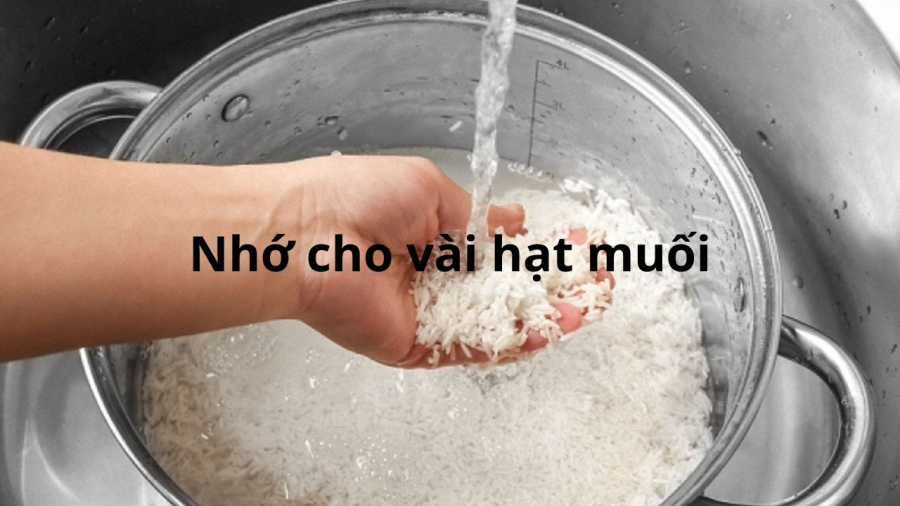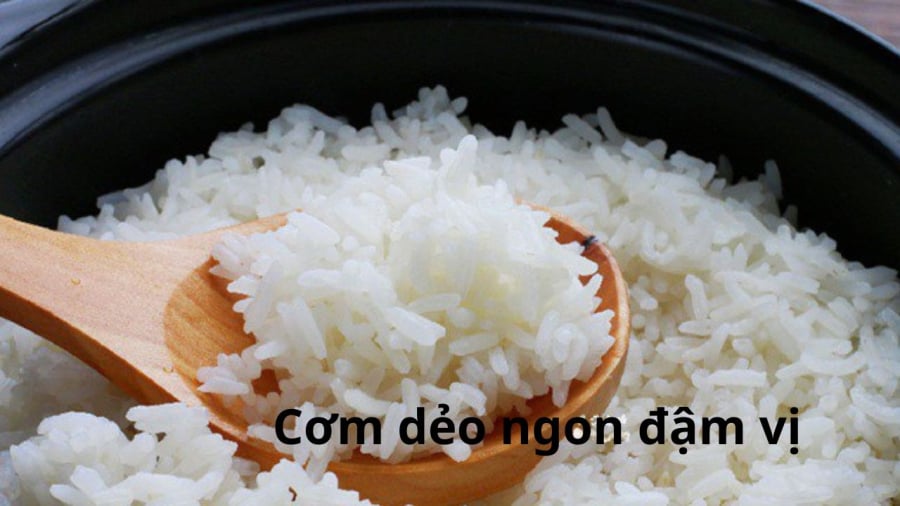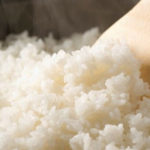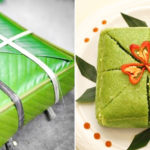In the old days, when soaking rice to prepare sticky rice, people would add salt to the soaking water. Salt is one of the most important spices in cooking. Salt enhances the flavor of the dish. The rice grains will soften and expand during soaking, but they will also lose some of their flavor. Adding salt to the soaking water helps to make the sticky rice cooked more flavorful and delicious.
Nowadays, when cooking regular white rice, you can also add a few grains of salt to the soaking water or rub salt on the rice before washing.

Salt helps the cooked rice to have a more rich and long-lasting flavor, especially on hot sunny days. The taste of the rice also becomes more fragrant. If you combine it with a little white vinegar during cooking, your rice will have a stronger aroma. Salt is also an ingredient that helps to preserve food better by increasing the alkalinity of the food.
There are many different types of rice nowadays. Some are sweet and delicious, while others are dry, hard, and bland. When cooking rice, if you add a few grains of salt along with white vinegar or apple vinegar, it will make the rice sweeter, more flavorful, and more aromatic.
Some other notes when washing rice
When you buy rice, you should soak it for about 30 minutes before washing and cooking for a better taste. If it is brown rice, the soaking time should be longer, about 6-7 hours. Soaking rice not only makes it softer but also helps to break down the natural nutrients in the grains, so that when cooking, these substances will not interfere with the absorption by the human body.
White rice has already had its husk removed, so it does not need to be soaked for too long. After soaking, the rice grains will expand evenly during cooking, resulting in a tender and evenly cooked rice from the inside out. On the other hand, if the rice is not soaked, the outer layer will be cooked more, causing the rice grains to become mushier.
White rice should not be washed too vigorously to avoid removing the outer layer of bran, which contains a lot of vitamin B1.

It is recommended to wash rice in a sieve instead of washing it directly with the rice cooker pot. The inside of the rice cooker pot has a non-stick coating. Washing rice with the rice cooker pot can cause scratches and damage the non-stick coating, resulting in the rice sticking to the pot and posing a health risk. Moreover, washing rice with a sieve helps to remove impurities such as sand or rice husks more effectively than using the rice cooker pot. Washing rice with a sieve also allows you to pick out any residual impurities more carefully.
If the rice has been soaked, it is better to cook it with boiling water instead of cold water, as the boiling water helps the rice grains to quickly form a firm outer layer without becoming mushy when cooked.






































